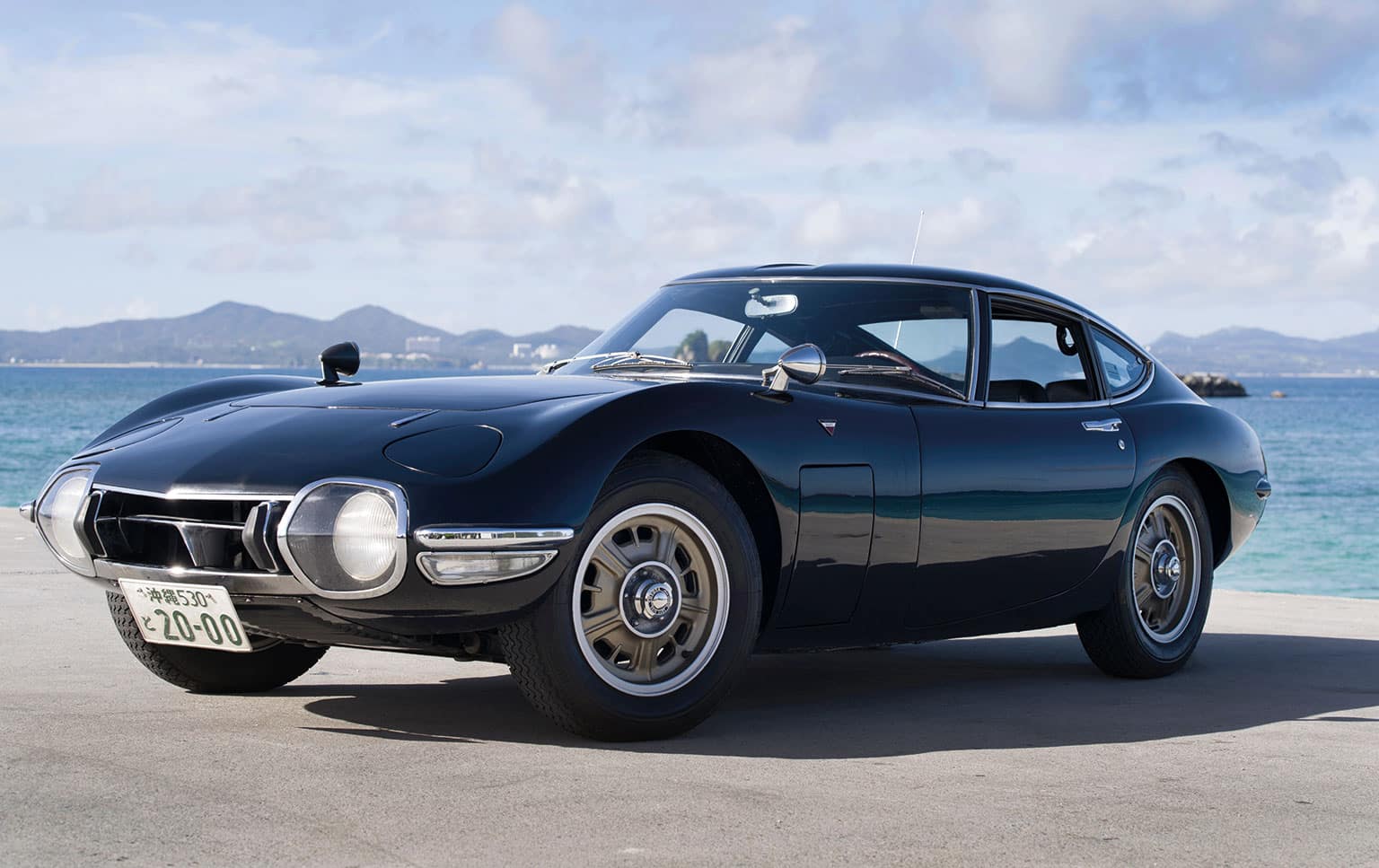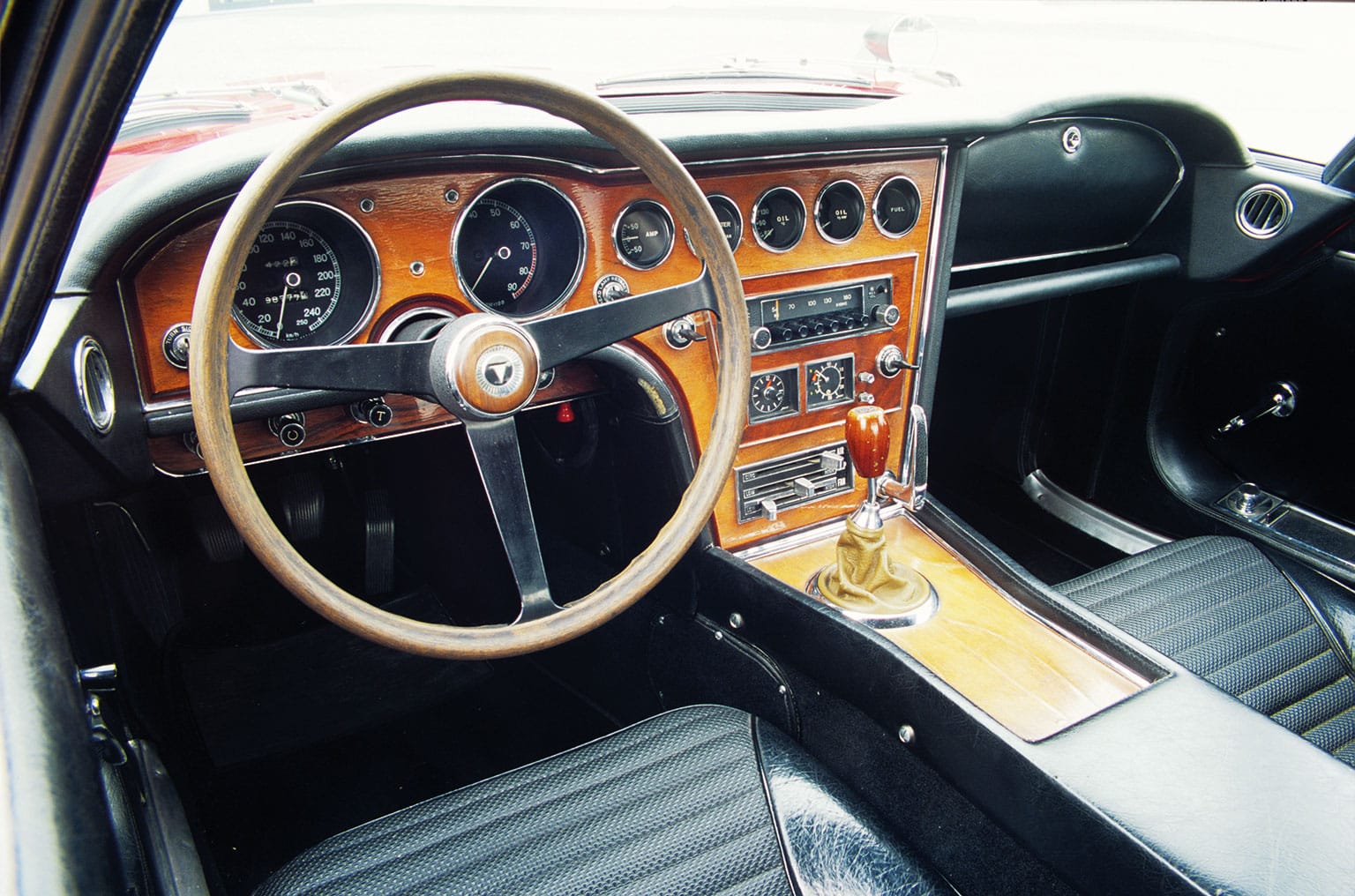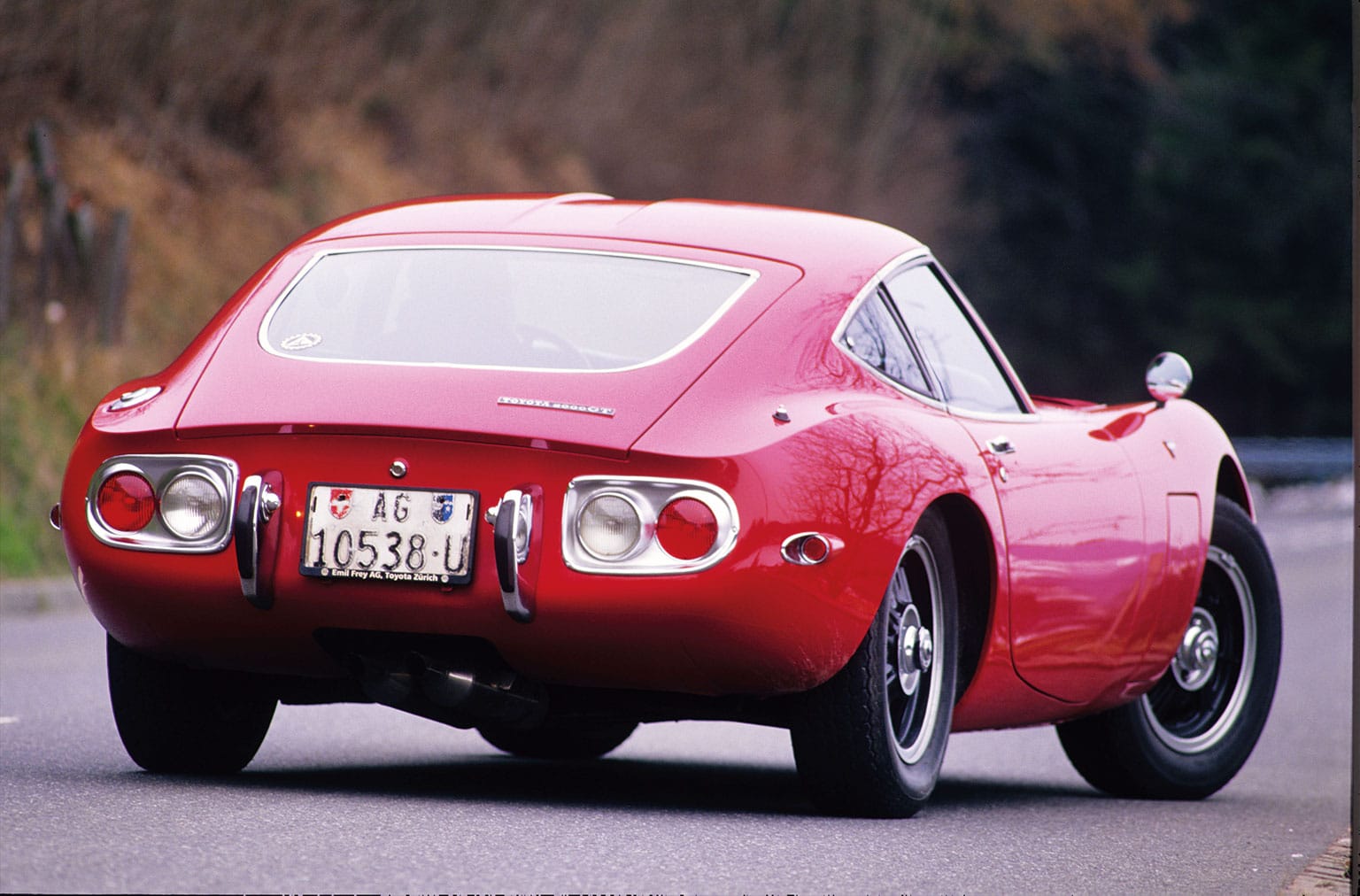Road car buying guide: Toyota 2000GT
Japan’s answer to the E-type was the country’s first true sports car, and remains high on collectors’ lists

During these days of the Honda NSX, Subaru Impreza, Toyota Supra and Skyline GT-R, it is quite difficult to believe that there was once a time when Japanese cars really struggled for appeal. But rewind to the early 1960s and the Japanese car market was flooded with boxy, dull and shallow imitations of western models. It wasn’t a great look for an industrious island. The nation’s automakers needed a spark, and it came from Suzuka.
In 1963 the first Japanese Grand Prix took place, run as a sports car and GT race over 50 miles, and it was won by Briton Peter Warr aboard his Lotus 23. The field consisted of a mixture of sleek prototypes and European GT cars from Porsche, Aston Martin, Ferrari and Jaguar. The event proved to be an eye-opener for Japan, and its automakers picked up on an increased appetite for sporting offerings. Japan needed its own GT of note – and somebody brave enough to make one.
Step forward Yamaha. Yep, not Toyota. Yamaha. The motorcycle manufacturer. Early in the 1960s Yamaha’s two-wheeled empire had grown sufficiently that the company bosses constructed and opened a Technical Research Institute with the aim of building its own sports car among the bike range. The YX30 was its first solo attempt, but production issues meant Yamaha needed to partner with an established carmaker to make any new project viable. That would have been Nissan, but the brand pulled out of a deal to focus instead on developing its own Silvia model.
Yamaha then turned to Toyota, which at the time was perhaps Japan’s most vanilla car brand, having hung its hat on dated designs such as the Corona, Publica, Crown and a few pickup trucks. Toyota liked the idea of adding a sporting halo car to its range to boost its image, so it contracted Yamaha to assist in building one – but Toyota insisted on bringing in its own designer to do so.
Enter Satoru Nozaki. Inspired by the sleek lines of Jaguar’s E-type, Nozaki drew many influences from the British two-seater, but was creative enough to avoid any copycat suggestions. His design sat incredibly low, just 45.7in at its tallest point, with an all-aluminium body over a lightweight chassis frame, with minimal bumpers, pop-up headlamps and an interior finished off by fine wooden insets taken from Yamaha’s line of musical instruments.

To propel the car Toyota donated the 2-litre straight-six that powered its top-of-the-range Crown saloon, which Yamaha promptly tuned by adding a new DOHC head and twin carburettors to create 150bhp and give the newly named 2000GT a 0-60 time of 8.6sec and a top speed of 136mph.
When the covers came off the 2000GT just 11 months later at the 1965 Tokyo Motor Show, it was an immediate hit. So much so that neither Toyota nor Yamaha were actually ready to mass-produce it yet.
Yamaha built 351 2000GTs between 1967-1970, each hand-finished. But the combination of that effort and out-sourcing made the project expensive. It’s suggested that Toyota never made a penny from one, but it did change the entire company’s perception from humdrum to sporting standard, and for good reason.
Keen to prove the 2000GT’s potential, Toyota took it racing. One finished on the podium in the 1966 Japanese GP and won the inaugural Suzuka 1000Kms, before adding the Fuji 24Hrs and the Fuji 1000Kms the following season.
Perhaps its greatest achievement came in a gruelling speed and endurance trial at the Yatabe high-speed course in 1966. During a 72-hour event, a 2000GT beat a tropical storm to average 128.76mph. That feat broke three world records and established 13 more for both speed and endurance. Finally Japan had shown that it could take on, and run with, Europe’s finest, but there was even more stardom for the 2000GT to come.
Two were converted to open-top roadsters to feature in the James Bond classic You Only Live Twice. “But why butcher two fine-looking coupés?” you ask. Being designed for Japanese consumers, the cockpit had a tendency to be tight for westerners, so the top had to come off to accommodate 007’s six-foot-two frame.
The 2000GT project was canned in favour of the cheaper-to-produce Celica, which came onstream in 1970, but its legacy remains. And, due to its extreme rarity, you’ll need a decent six-figure sum to get your hands on one.

Toyota 2000GT
- Price new £5100
- Price now £600,000-800,000
- Engine 2-litre DOHC in-line six
- Rivals Jaguar E-type, Ferrari 250, Porsche 911
- Verdict A design that changed attitudes toward the Japanese market
